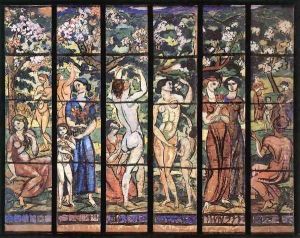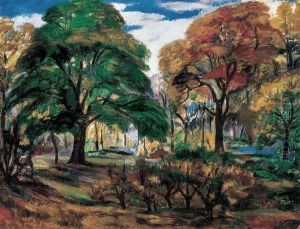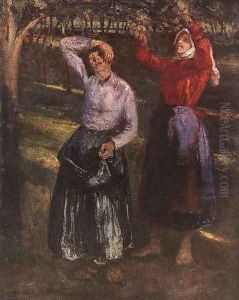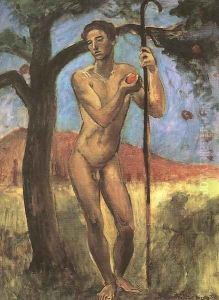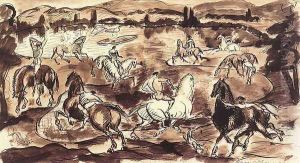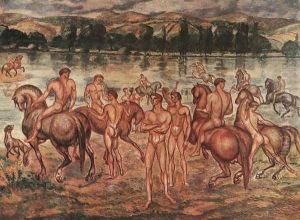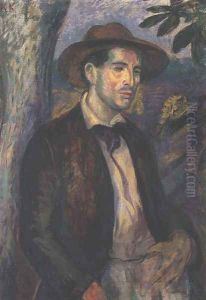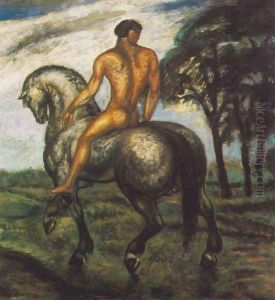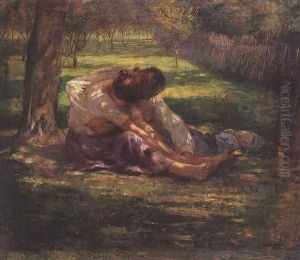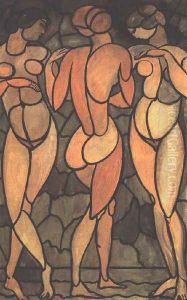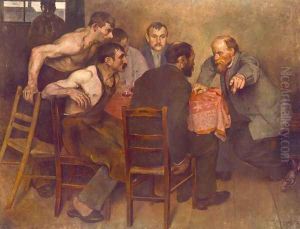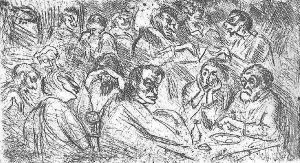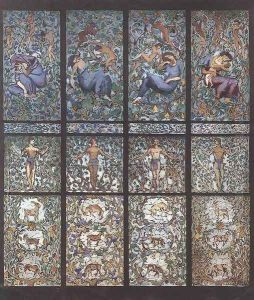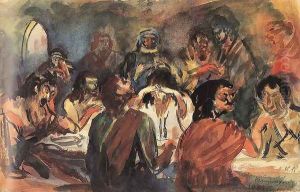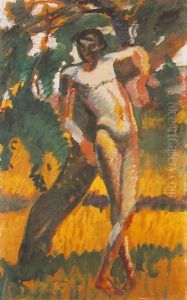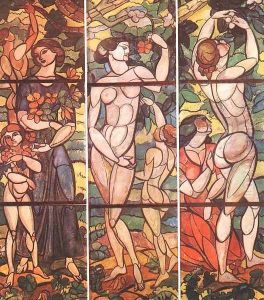Karoly Kernstok Paintings
Károly Kernstok was a prominent Hungarian painter and graphic artist, known for his significant contribution to the modern art movement in Hungary. Born on May 23, 1873, in Budapest, Kernstok was a key figure in the early 20th century, particularly in the development of the Hungarian avant-garde.
Kernstok's early work was influenced by the naturalistic and realist styles, but his style evolved significantly over the years. After studying at the Hungarian University of Fine Arts, he traveled to Paris, where he was exposed to the works of the French Impressionists and Post-Impressionists. This experience had a profound impact on his artistic direction.
Upon his return to Hungary, Kernstok became one of the leading members of the 'Nyolcak' (The Eight), a group of artists who sought to introduce modernist styles such as Fauvism, Expressionism, and Cubism to Hungarian art. The group's exhibitions in 1909 and 1911 were pivotal in shaping the Hungarian art scene.
Kernstok's art often featured bold colors and dynamic compositions, and he explored a variety of subjects ranging from landscapes and still lifes to biblical and mythological themes. During World War I, he served in the army, which influenced his work during that period, as seen in his series of war-themed paintings.
Throughout the 1920s and 1930s, Kernstok continued to develop his style and also became involved in art education, teaching at the Hungarian Academy of Fine Arts. He was not only a painter but also worked in other media, including frescoes, mosaics, and stained glass.
Károly Kernstok's legacy is that of a pioneer in the Hungarian modern art movement. His works are held in high regard and can be found in many major Hungarian museums, including the Hungarian National Gallery. Kernstok's career was cut short by the political turmoil of World War II, and he died on April 1, 1940, in Budapest. Despite the challenges of his time, his work remains a testament to the vibrancy and innovation of early 20th-century Hungarian art.
